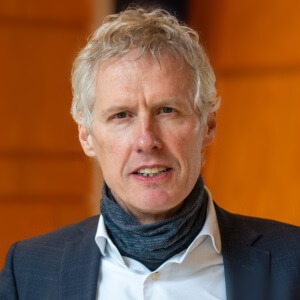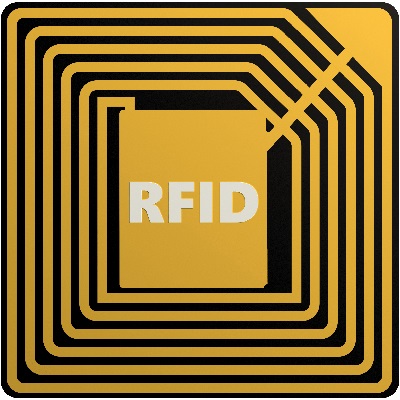Hanzehogeschool Groningen
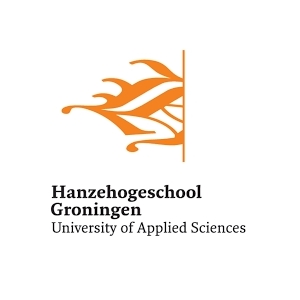
A buzzword at education and research institutes for some time now has been ‘valorisation’. This means rendering academic knowledge suitable and/or usable for economic and social benefit. A great example is the invention of the VoiceMint, a device that makes it possible to talk without using the vocal chords.
Groningen University, the Groningen University Medical Centre and the Hanze University of Applied Sciences Groningen have patented the VoiceMint through the V.O. patent agency. They are now hard at work exploring the market further.
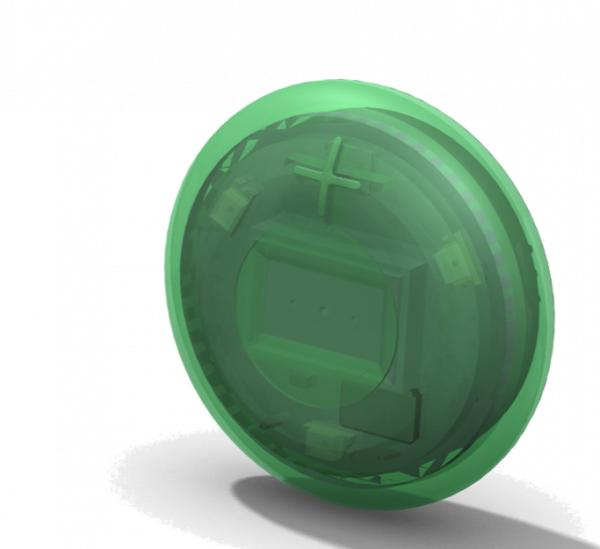
The VoiceMint is the brainchild of Ward van der Houwen, part-time Lecturer of Design Engineering at the Hanze University of Applied Sciences, independent designer and innovation supervisor. The VoiceMint is similar in size and shape to a peppermint and uses telecommunications technology. It is a wireless disk with a loudspeaker, processor, sensor and battery. “You place it in your mouth against your cheek. When the sensor’s light detects when you open your mouth, it produces a humming sonar sound. The positioning of the mouth, tongue and jaw turn sound into understandable words,” explains Van der Houwen.
User-friendlier
Van der Houwen is not new to the medical field. He earned his PhD in 2012 at the RUG/UMCG (Graduate School of Medical Sciences at the University of Groningen) with an improved version of a speech valve for laryngectomy patients. Until now, this has been the only option for people who no longer have a larynx – and, consequently, no vocal chords – due to surgery. “The VoiceMint is a further development of this idea and is user-friendlier than a speech valve. For example, it eliminates the need to install a valve in the throat and the patient does not have to take it into consideration when showering.”
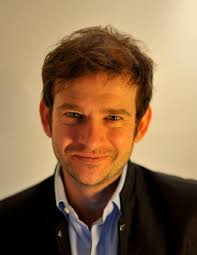
‘VoiceMint patent a prototype of ingenuity.’
Ward van der Houwen –
Hanzehogeschool Groningen
Medical device and toy
A prototype has been made of the VoiceMint because Van der Houwen wants to protect his idea. Karel de Jong, Patent Attorney at V.O., provided assistance. “It was a challenge to patent the invention. We needed, for instance, to consider the patent on an already known intraoral voice prosthesis that is attached to the teeth. What also makes the VoiceMint so interesting is that it not only serves a medical purpose, but can also be used as a toy since you can make voices with it. So, we needed to be inventive in drafting the patent claims.” RUG/UMCG ultimately received the patent for the VoiceMint in February 2019.
Joint further development
The patent is licensed for use by the Hanze University of Applied Sciences in Assen. Heinrich Johannes Wörtche, ICT & Sensor Technology Lecturer and Researcher, is enthusiastic. “It is quite unique to have the opportunity to work with this fantastic technology. We even got to write the business plan for the project, a great learning project for our students. In our innovation studio in Assen, teams of students from ‘Hanze’ work on various learning projects and will also be further developing the VoiceMint.”
Research universities and universities of applied sciences as entrepreneurs
The Hanze University of Applied Sciences hopes that a successful startup will ultimately arouse the interest of the healthcare and care sector in the region. De Jong of V.O. comments, “Experience shows that an invention does not achieve commercial success unless an entrepreneurial team is fully devoted to it. It’s great to see knowledge institutes like knowledge centers and universities of applied sciences making more and more progress in the field of entrepreneurship. By considering at an early stage the possible market value that the intellectual property of an invention may have, innovations can also generate better returns.”

